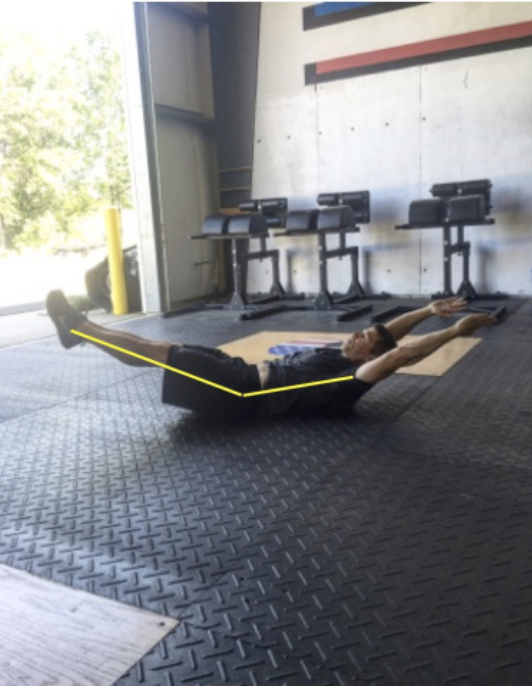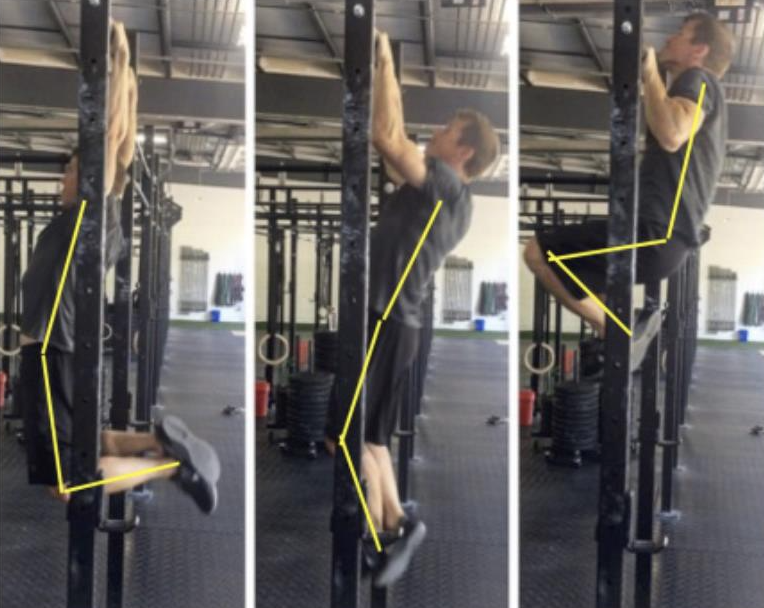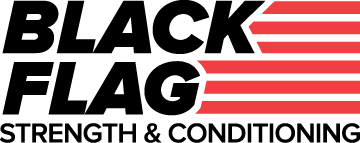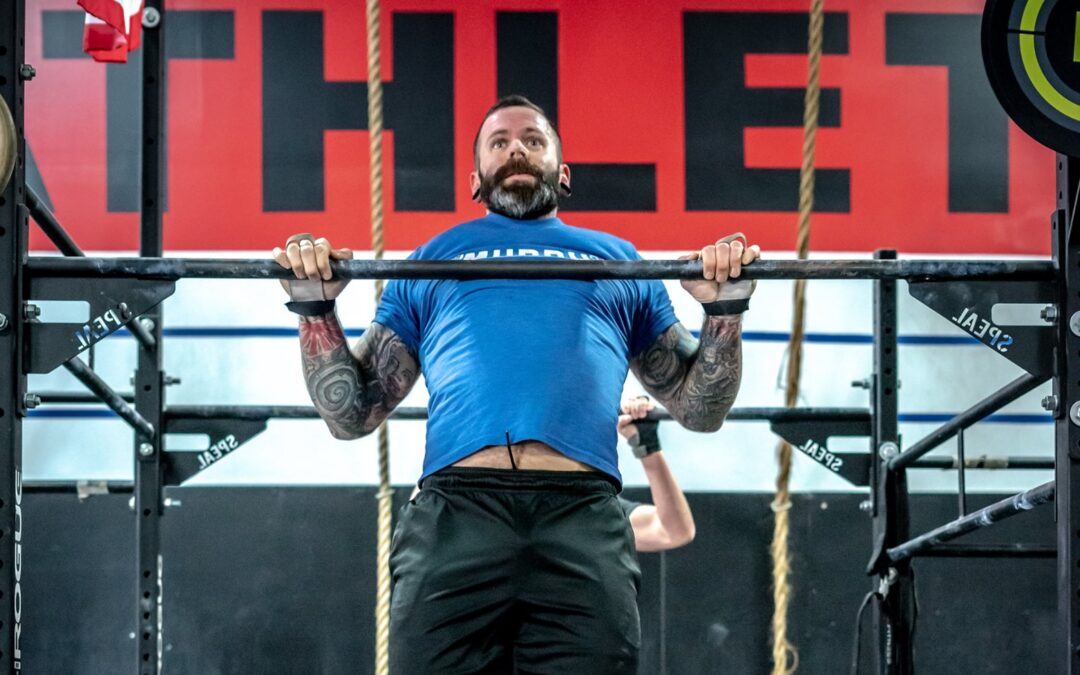The Pull-Up. The exercise and functional core movement that seems to give a lot of athletes trouble. It may take weeks, months, and years to achieve just one and then even longer to build capacity. The goal of this blog is to help break down the pull-up and teach you how to stabilize certain muscle groups while creating efficiency throughout the entire kinetic chain.
A pull-up can be described as the act of pulling one’s chin over a bar from the dead hang position in which the hands are pronated (palms forward). This is not to be confused with a chin-up where the same goal is intended except the hand grip is supinated (palms backwards). Its a simple change that can make the movement either much easier or harder for yourself. For most people, the chin-up is by far much easier compared to the pull-up due to the engagement of the lats (latissimus dorsi) and greater contraction on the biceps brachii and pectoralis major. The pull-up relies on less muscle contraction & motor recruitment from the biceps, but more so from the lats which results in a more difficult pull. Being able to perform both movements will promote gains in each and thus, a more complete fitness.
Have you ever seen someone perform a pull-up and look like they were a flopping fish out of water? Believe me, you’re not the only one. Not to say that what they are doing is absolutely wrong, but we can make this movement much more efficient if we focus on a couple key factors.
Factor #1: Stability
How can we stabilize the kinetic chain throughout the entire pull? One of the first points of performance we would go over with an athlete is engaging the scapula in order to achieve a stable shoulder position. To achieve the position, the athlete can simply depress their scapula (Cue: Draw the shoulder blades down your back). This will engage the upper back muscles, lats, and connective tissues/muscles throughout the shoulder.
Factor #2: Core Engagement
As we work down the kinetic chain, we need to look at how we can brace our core in a manner that will not inhibit our shoulder stability/position or our neutral spine alignment. The beauty of human movement is in the way most human movement is universal. If you ever watch Olympic gymnasts, the majority of their positions are achieved through the pike position, the arch position, and the hollow position.
The awesome part of all these movements is that they are universal in character. They can be applied to virtually all human movement which allows the body to move with efficiency. With the hollow position, an athlete can properly brace both their anterior and posterior chains while staying braced in a neutral spine position. One of our athletes at Black Flag Athletics, Mike TenBrink, does a great job of demonstrating how to achieve this position below. This static position allows for maximal TA (transverse abdominis or lower abs) and gluteal engagement. This will help connect the lower body and torso into one system, rather than two separate systems.

Although he is demonstrating this on the floor, he can transfer the hollow position to the bar. We do suggest that athletes spend a good amount of time in the position before applying it to other movements. A good ab workout and test of core strength and capacity is a simple test of how long you can hold this position (toes pointed forward, lower back pressed into the ground, and straight knees) without breaking.
In the next photo, Mike shows how to apply the hollow position and scapular depression to the bar. Notice how his toes are pointed forward, he’s doing his best to maintain a neutral back/spine position, and his core is fully engaged. If you want to get the most out of your pull-ups, then focus on these details and you’ll be surprised of the benefits you’ll get from it.

Below Mike performs a few pull-ups in ways we described earlier that may not look quite as nice as the one above. You’ve seen the “ankles crossed, overextended back” version of the pull-ups or the completely “dead hang pull-up” where there is no core engagement at all. Here Mike performs exactly what we are describing. They classify as a pull-ups, but you wouldn’t earn the same physical benefits as you would with the hollow position pull-up. Any break in the kinetic chain is a loss in efficiency, a loss in effectiveness, and a loss in GAINS!

At the end of the day, an effective pull-up can be one of the best functional movements an athlete can perform. The overall physical benefits and its universal characteristics provide athletes the tools to become a well rounded athlete with complete fitness and a greater quality of life.

ABOUT THE AUTHOR: PETER NELSON II
Peter is the Director of Operations and the Heads of Programming for Black Flag Athletics Headquarters location. His leadership and knowledge directly attributes to the success of all our athletes. In addition to being a top professional in our field, he is an avid long distance runner with several major accomplishments to his name. Outside of the gym, he enjoys hitting the trails with his wife, Paige, and thier awesome dog, Dakota.

